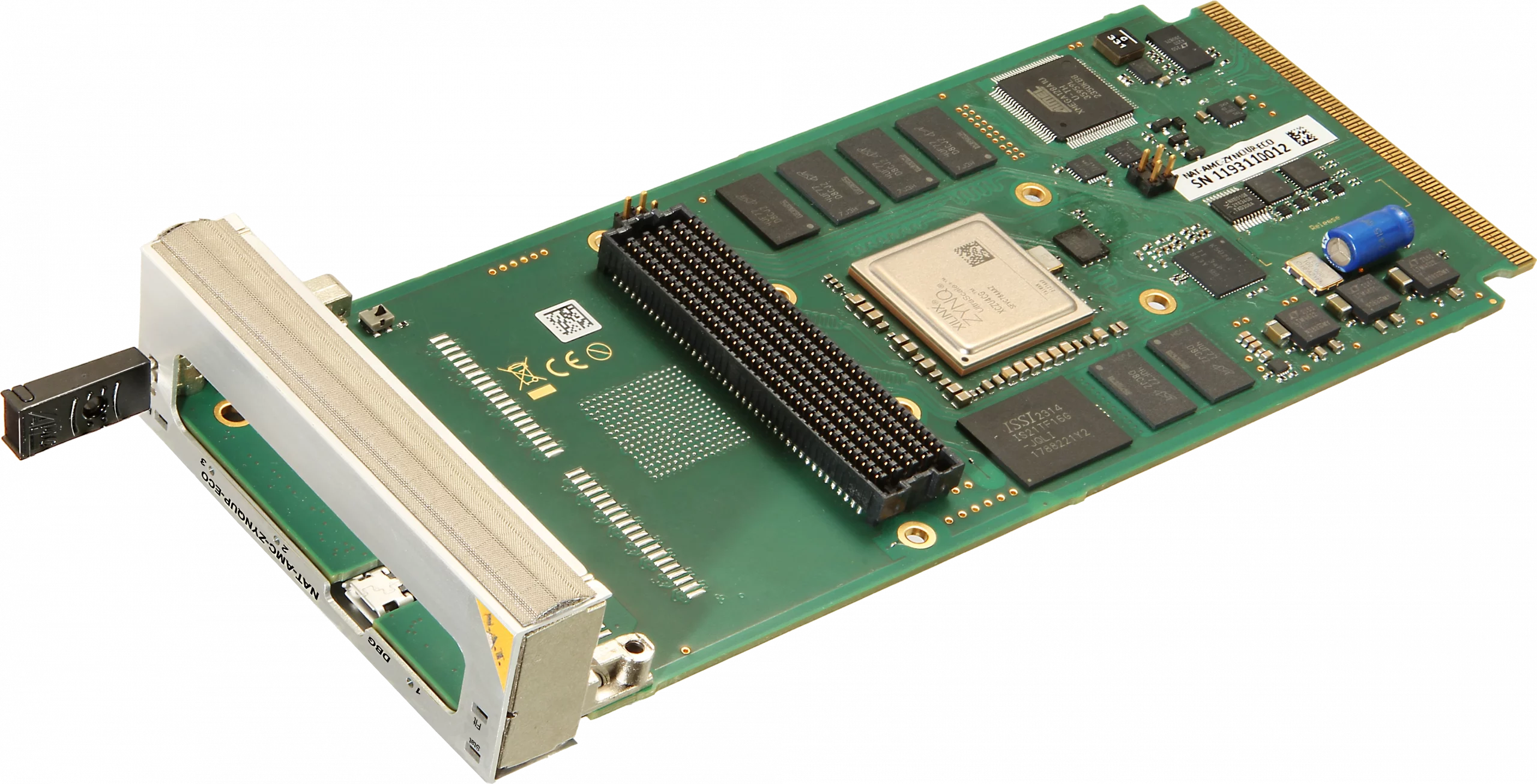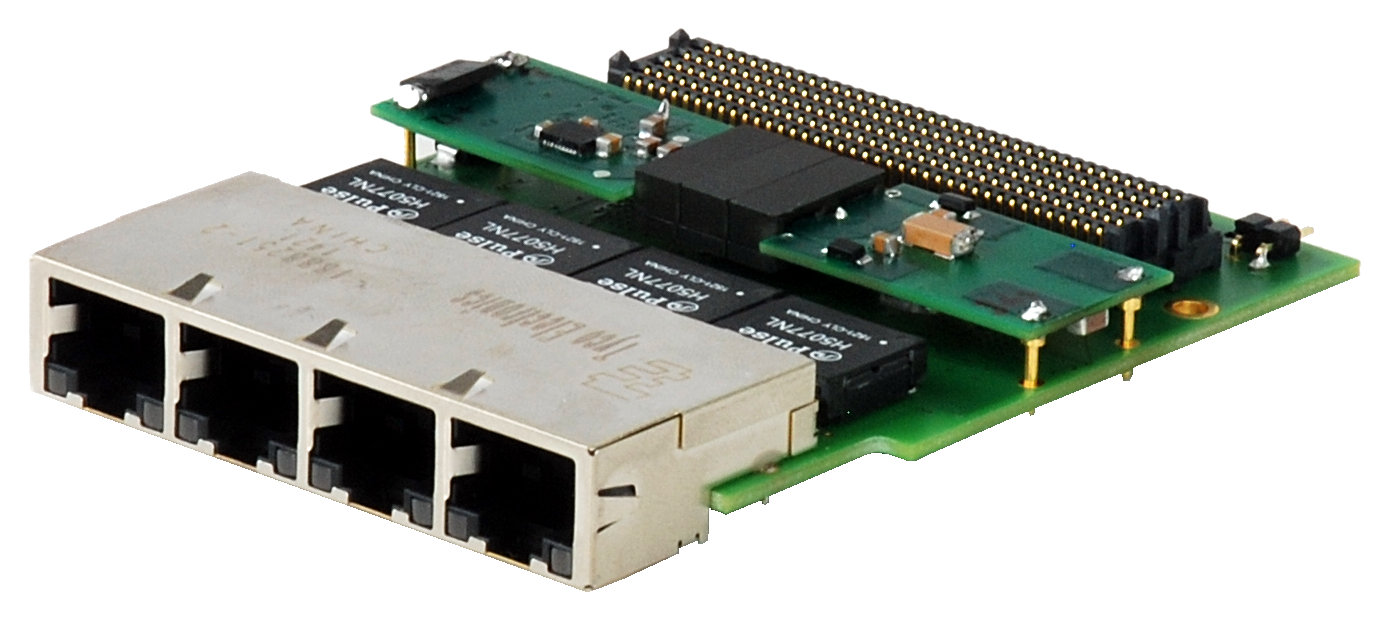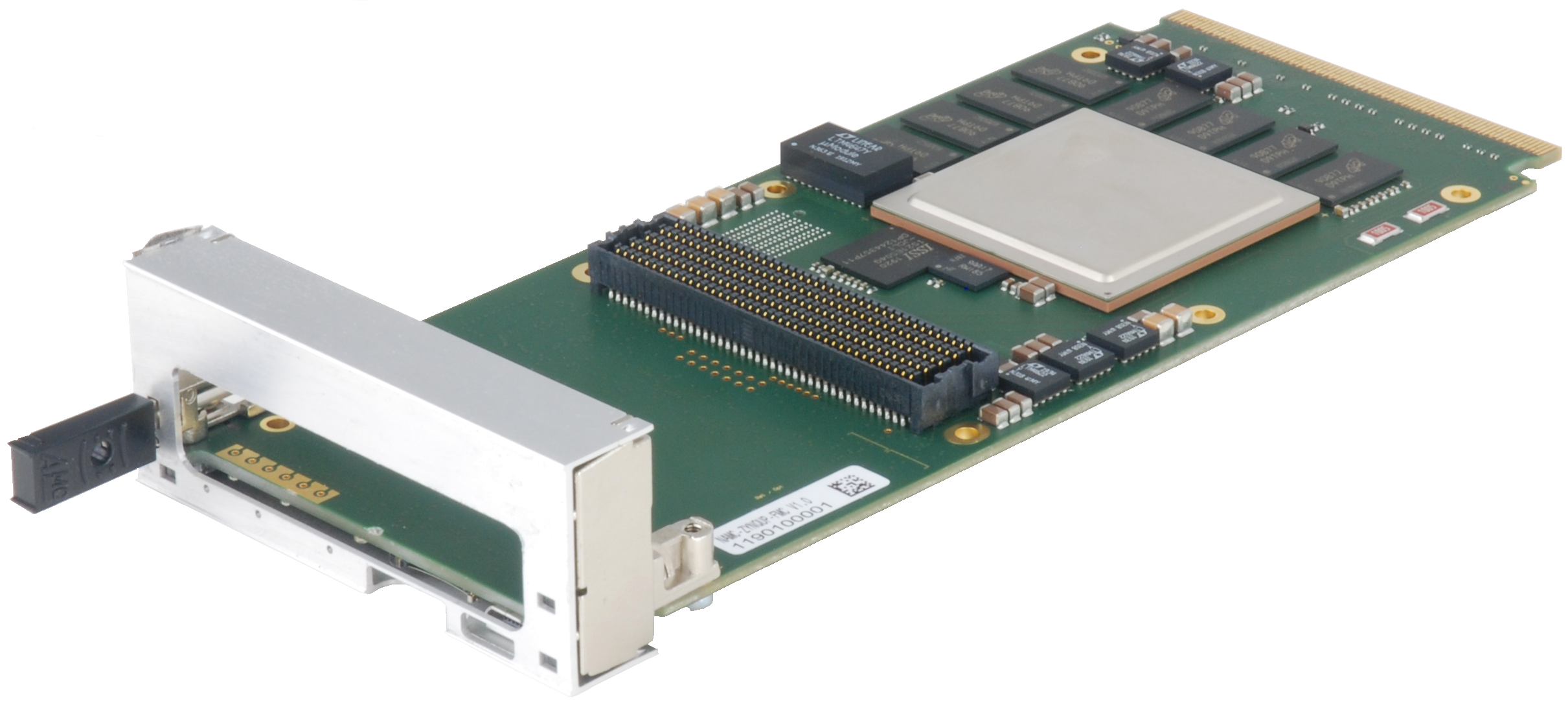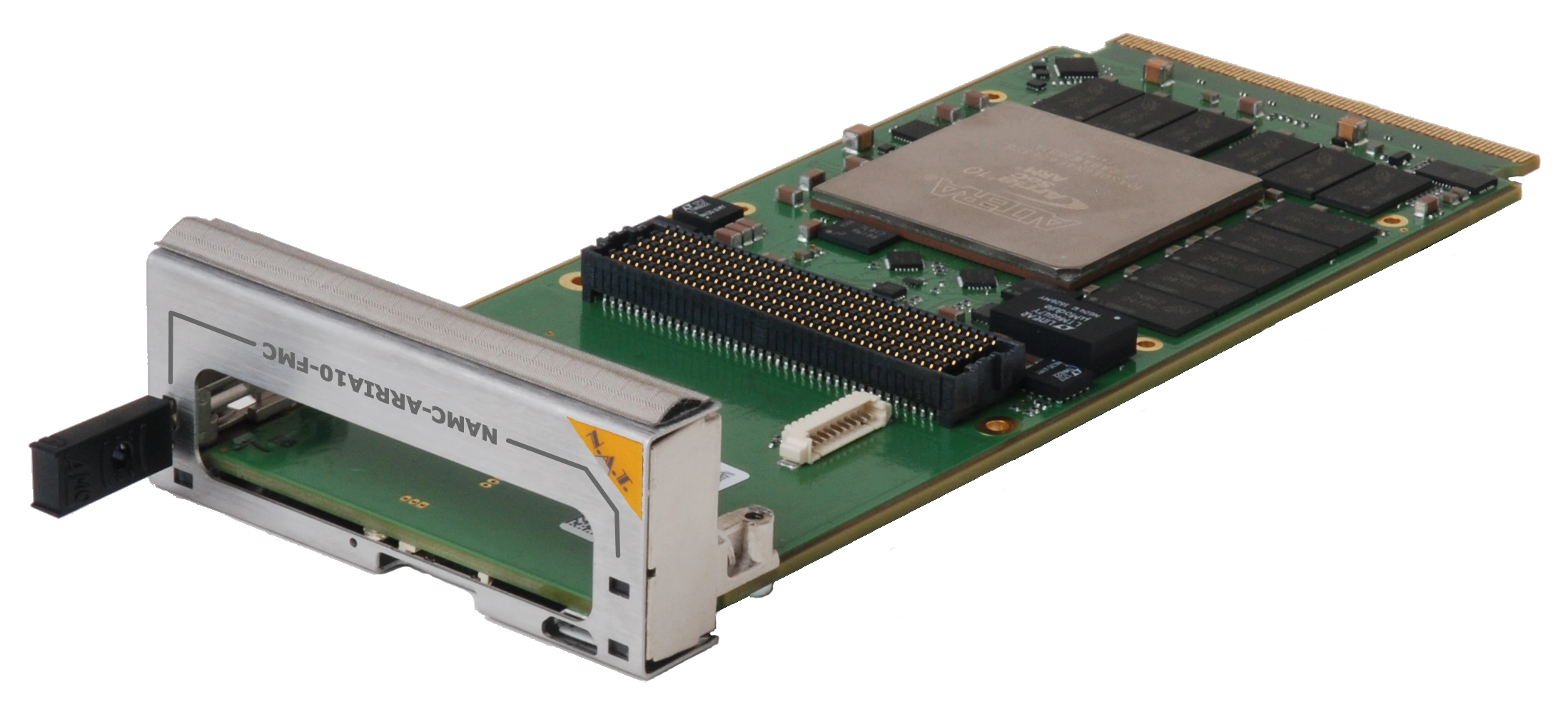

NATvision
Accelerated Machine Vision is our synonym chosen for industrial image processing solutions using state-of-the-art FPGA technology.
Our solutions are based on a vendor-independent modular open system architecture (MOSA), called MicroTCA. The 19-inch rack-mount systems provide infrastructure for clocking, triggering, and synchronization of cameras, without the need for external circuits.
The redundant design of hot-swap capable infrastructure (switching, power supply, and cooling) guarantees high availability and maintainability. Compared to traditional PC/Server-based computer vision systems, our platform offers more flexibility, lower development costs, and unlimited scalability with any number of cameras.
Depending on the end application, we solve image processing tasks with Artificial Intelligence (AI), OpenCV, Visual Applets®, or combinations hereof. The algorithms are hardware accelerated by FPGAs which enables time critical execution on the edge device. This results in a latency advantage, which is particularly suitable for real-time applications.
Typical applications are
- Quality inspection
- Line clearance
- Image classification
- Public safety
Integral component of our accelerated vision platform is the NAT-AMC-ZYNQUP-VISION, a powerful image processing board based on the Xilinx ZYNQ MPSoC Ultrascale+. This board is ideal for machine vision applications as it brings both the required flexibility and the performance by having both an on-die CPU and FPGA connected in a very efficient way through internal low-latency DMAs.
The FMC frontend allows connecting a variety of industrial camera interfaces, such as GigE-Vision, USB, and HDMI.
We provide a software architecture as a universal development platform. Depending on the type of developer, one can either develop algorithms completely graphically with Visual Applets®, or program the FPGA at RTL level.
The hybrid structure of processor and FPGA allows an efficient combination of C++ code and hardware acceleration. For example, use the HLS toolbox and accelerate OpenCV® algorithms with the FPGA. For the implementation of deep learning convolutional networks (CNN, DNN) for object detection and classification, we support the conversion of TensorFlow and Caffe based networks to our platform.
Products
Products associated with NATvision

NAT-AMC-ZYNQUP-ECO
- Modern Xilinx ZynqUP FPGA portion for time-critical, massive parallel processing
- Multi-core ARM CPU for higher-level software tasks
- Low Pin Count connectors as defined by VITA 57.1
- Configurable clocking options

NAT-FMC-PoE
- 4x IEEE 802.3af compatible RJ45 front ports
- High-efficient power conversion
- VITA 57.1 FMC high pin count (HPC) connector
- 4x SGMII and I²C at the FMC connector

NAT-AMC-ZYNQUP-ADV
- Quad-core ARM Cortex-A53 (application processing unit)
- Dual-core ARM Cortex-R5 (real-time processing unit)
- Single High Pin Count FMC slot, VITA 57.1 compliant
- Access to FMC front panel interfaces
- Wide range of backplane interconnects
NAT-AMC-COMex
- Supports Type 7 COMex modules
- Intel i810 Ethernet Controller with multiple interfaces
- 2x M.2 PCIe x4 Interface for storage and graphics
- 2x 25G uplink at front panel via SFP28
- PCIe Gen4 x8 to backplane

NAT-AMC-ARRIA10-FMC
- Choice of Altera ARRIA 10 GX or SX SoC
- Dual-core ARM Cortex A9
- Single High Pin Count FMC slot, VITA 57.1 compliant
- Access to FMC front panel interfaces
- Wide range of backplane interconnects